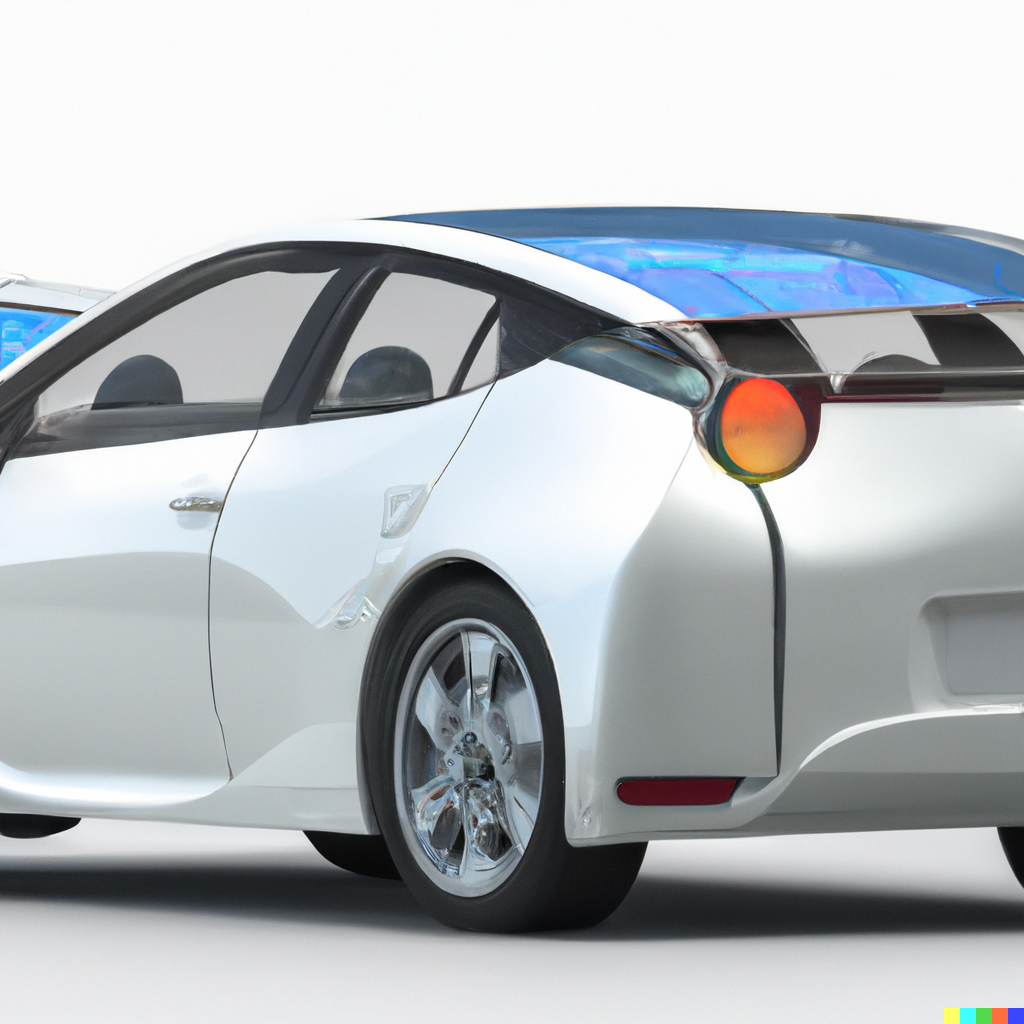
All about solar cars: How do they work?
All about solar cars: How do they work?
Driving on renewable energy
Driving on renewable energy
Solar cars are an alternative with many advantages for achieving sustainable, 100% ecological mobility. We explain how they work and what the models already on the market are like.
Renewable energies, such as solar energy, play a leading role in the ecological transition to a more sustainable and environmentally-friendly world, and in the automotive industry. In recent years, solar cars have become one of the big investments by the industry as a way to offer non-polluting, efficient alternatives for sustainable mobility.
According to the 2021 annual report from the Spanish Association of Car and Truck Manufacturers (initials in Spanish, ANFAC), the number of vehicles on the roads in Spain totaled 29.87 million last year, of which 84% were cars and 13% commercial vehicles under 3.5 tonnes. Of the private cars registered in 2021, 241,835 were awarded the ECO Label and some 72,000 (71,090 to be exact) the Spanish Directorate General of Traffic (initials in Spanish, DGT) 0 Label, reserved for electric and hybrid cars capable of traveling 70 kilometers in 100% electric mode. With the sale of the first solar cars, the electric mobility market is expanding, as it benefits from the many advantages of solar power.
These new vehicles do not produce polluting gases, so they are a key factor in reaching the target of net zero emissions of greenhouse gases by 2050, agreed to by all the member countries of the European Union in the Paris Agreement on Climate Change, which came into force in 2016.
What are solar cars?
What are solar cars?
Electric vehicles need to obtain their power from an external source, while cars with solar panels are capable of generating that power using solar radiation. Cars with solar panels should not be confused with solar electric cars, which are charged with electricity generated using this renewable source of power.
The operating system and propulsion mechanism of solar cars is very similar to those of electric cars.
How do solar cars work? These vehicles are equipped with photovoltaic solar panels capable of transforming sunlight into electricity. This type of solar panel is made up of photovoltaic cells that are ionized when they receive solar radiation, releasing electrons that, as they interact, produce electricity, which powers the engine or is stored in the battery.
When the electricity reaches the stator and the windings inside the engine, it generates a magnetic field, spinning the rotor in the stator, which in turn has a fixed magnetic field. Then, a series of gears is responsible for transmitting this kinetic energy to the wheels to propel the vehicle.
Today, the efficiency of solar cells is around 29%, so cars with solar power still have less potential energy per unit of mass — the amount of energy released by one kilogram of fuel — than gasoline or diesel powered cars. However, the major car manufacturers are banking strongly on this sustainable mobility model, investing in R&D+i to develop increasingly efficient cars with solar panels, which will increase their autonomy.
Possible advantages of solar cars
Possible advantages of solar cars
- By using solar power to operate, solar cars make it possible to reduce the use of fossil fuels overall and move towards real sustainable mobility.
- Cars with solar panels do not generate polluting emissions, like carbon dioxide, into the atmosphere, so they are an excellent alternative for mitigating climate change and improving air quality.
- As they have an electric engine, solar cars are a wonderful alternative for traveling around urban areas, with its frequent stops and starts.
- Although solar cars currently cost more than conventional cars, after the initial investment there is no need to spend money on filling up the tank with gasoline or diesel.
- The useful life of the photovoltaic panels used for solar cars is around 30 years, while the average life of a conventional car in Spain is about 13 years.
- The efficiency of the photovoltaic cells used to manufacture solar car panels still has a great deal of room for improvement, so it is to be expected that future technological advances will increase their autonomy.
Urban mobility
Urban mobility
How can we make urban transport more sustainable?

Sustainable mobility
Sustainable mobility
We tell you all about the sustainable transport of the future

